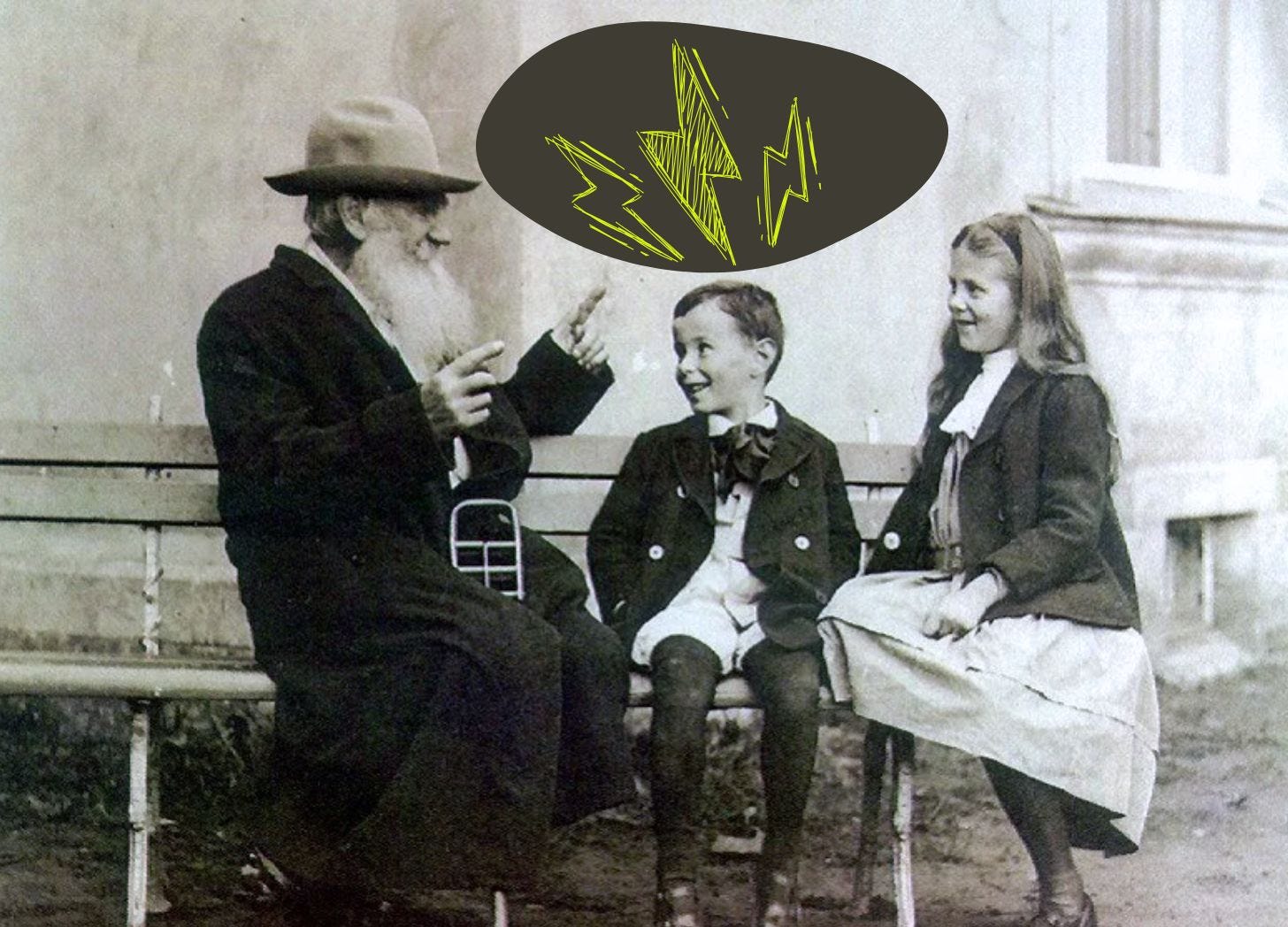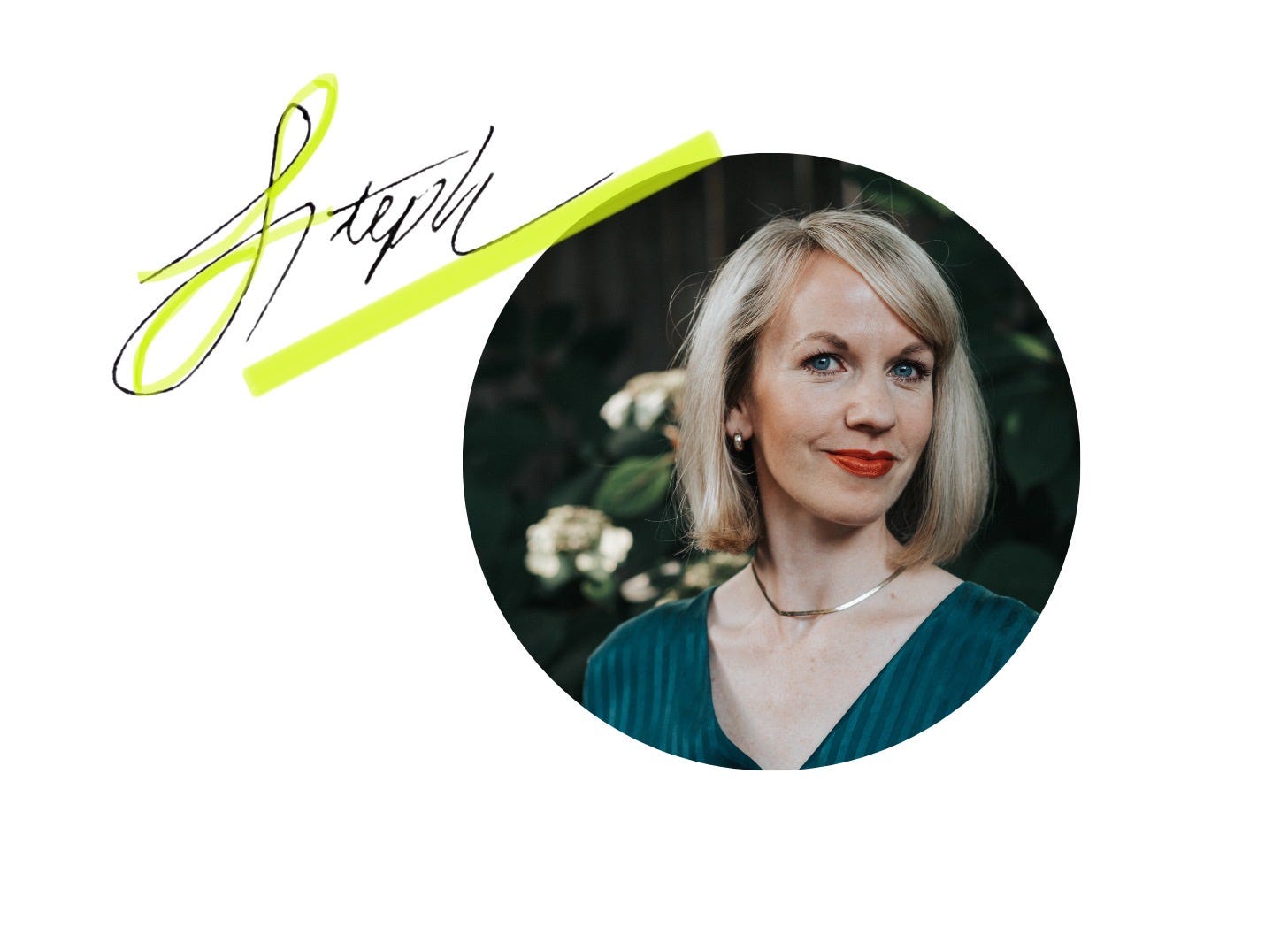No, It Doesn’t Have to Be a “Neat Bow” Ending
On narrative resolutions, honest endings, and life’s ongoing-ness
“I don’t want to tie it all up in a neat bow at the end”—so says many writers I work with, and I’m willing to bet, you too.
It’s the “neat bow” problem. The too-tidy ending. The too-clean resolution. So many writers I work with are insistent on avoiding these problems in their work, and for good reason. As writers we know how we don’t want to end our narrative, but if not that, then how?
Last week we concluded our candlelit close reading of Even After Everything, and today, for those who couldn’t join us, I’m sharing some notes from our conversation on honest endings and believable resolutions. I’m making this letter available to all today, which will give you a taste of what we’re doing with our close readings—with another one coming soon this spring!
You don’t need to know the end when you begin to write.
Whatever the form of genre, fiction or nonfiction, writing is the process of discovery. Whether you’re looking for a unifying thread, a thesis, or a narrative resolution, the parting page is something we write our way into, and I believe this is a good thing.
Writing is not a closed-circuit report but an open-ended exploration. By all means, started stumped! Start befuddled. Start with your questions and follow them as markers on the trail.
I had no idea where I was going to close out Even After Everything until I was months-deep into the writing. It didn’t come to me as a thunderbolt moment, rather a quiet curiosity, which I noted, sketched out, then let sit for a while in my drafts while I kept at the forward motion of the manuscript in chronological sequence.
In the end, I chose to end the book in the quotidian. I wanted to refrain and reaffirm one of the core themes of the book that life is not linear by cyclical, and while much of the narrative reckons with the bittersweet and even agonizing nature of the cyclical, here at the close, I wanted to turn the gem and show its grace. I had a particular snapshot in mind that might show in micro what I hoped to convey in macro, I followed the thread, and this is where it lead.
I’d like to read it to you! Listen in to the audio at the top of this letter (for some reason it wouldn’t let me post it here, alas!)
Testify to life’s ongoing-ness.
The tricky part of personal narrative is the story is always unfolding. We are people in process, ever-learning, ever-evolving, never achieving any kind of character growth in a “once and for all” fell-swoop—and this is my bone to pick with the hero’s journey as it is classically understood. None of us are “once and for all” overcomer success stories. Arrival is neither a fair nor honest ambition, but growth is, and growth makes for some of the best stories.
If I sound like I’m harping, it’s because this ongoing-ness is personal to me. While I was editing Even After Everything—a book about pregnancy and loss and new parenthood—I lost another pregnancy. The worst had happened—again. I didn’t want the book to present simplistically as: sad, then happy; loss, then life. And the last thing I wanted was to even inadvertently suggest that a rainbow is sure to follow any rain, as if this is some cosmic calculus that can be counted on.
I wanted to testify to life’s ongoing-ness, so I added what I called “An Honest Epilogue.” In this epilogue, I did something I did not do anywhere else in the book: I broke the fourth wall, and wrote about the writing itself, which was my way of leveling with you—my reader. It opens,
“As any editor who makes their living shaping narratives will tell you, the only honest epilogue is an ellipsis, because the story never really ends with the last page. Every book must have its fixed borders of course, yet the narrative of a life keeps unfolding in real time, and as a reader, I always appreciate the acknowledgment of this. Just as I resist any narrative that presumes the story ends full stop with the final sentence, as if resolution is a fixed point on a flat plane, a static status, as if arrival is something that can be achieved with the right muscle and mindset.
The story always continues, and so I will not pantomime perfect closure on this one. Rather, I will end on what life offers to all of us: three small circles like stars in formation. These are mine.”
By the time the book went to print, my son had been born—our second to be born after a loss. But I intentionally left the epilogue’s narrative in unknowing: I was pregnant again after another loss, hoping for the best, fearing the worst, choosing my courage. Because isn’t this where so many of us live?
Complete your readers’ stress cycle, and pass the peace.
Emily and Aemilia Nagoski’s book Burnout was a watershed read for me. So many notes! But for our purposes, they describe the stress response—cortisol spike, adrenaline rush, etc.—as something that will continue, even after the threat is long gone, unless we give our bodies a physical signal that we are safe now. They call this completing the stress cycle, which can be as simple as a big inhale and exhale, a bear hug, dancing, laughter, or any releasing physical activity to “shake it off.”
In chapter 10, which is set in Eastertide, I compare the stress cycle with the Paschal cycle, which takes place in the death of Good Friday, the grief of Holy Saturday, and finally finds its completion in the resurrection of Easter Sunday.
In the gospel narratives, after so much has happened, the resurrected Christ appears to his friends and says, “Peace be with you.”
I write,
“After everything, these are the four words that hold the world. Peace is the only power capable of breaking the brutal hold of fight, flight, freeze. Peace is the bear hug, the belly laugh, the huge, sweeping exhale capable of ushering our bodies from shock into divine shelter.”
I bring this up because every narrative is premised on conflict and resolution, or put another way, a stress response and a stress cycle completion. As the writer, you can usher them into safety and shelter at the close of your work.
I often advise nonfiction readers to send their readers out from their work with a benediction. This doesn’t need to take the explicit form of a benediction (such as “May you . . . ”) but I find it a generative exercise to consider what goodwill you want to wish your readers, what gifts you want them to carry forward from the page into their lives, and how to phrase this.
The prompt, in other words, is this: Even after everything, how might you pass your readers the peace?
In the end, this is how I passed the peace to my readers:
“May we be the ones who take heart, who sing anyway, even after everything, knowing how deeply we are held. May we find the courage to say, with the joyful trust of a child spinning, ‘Again’ . . .”
Calling out what you are already astutely noticing: yes, I ended my honest epilogue with an ellipses, because as we know, the story is ever unfolding. Peace to us all in life’s ongoing-ness.
Take heart and stay feisty,






Loved this! And the ending. As I work on a draft of a book, I keep having a hard time thinking about the ending--love how you named it and broke the fourth wall in that spot. I hate the bow, but the framework of completing the stress cycle is helpful. Safety, not finality or a "happy" ending seems much more achievable and honest.
I recall having tears drip down my cheeks as I closed your book, Stephanie. Your ending was so moving.
I am over here, in good company, choosing my courage- as I pick up the pen or place my hand on the cursor. Thank you 🙏🏼